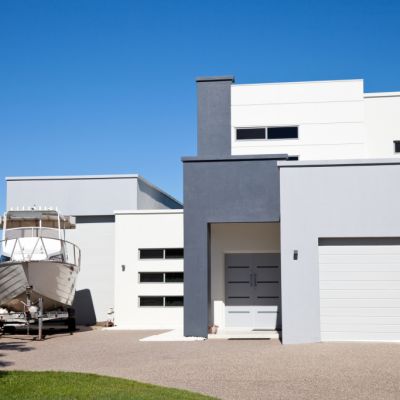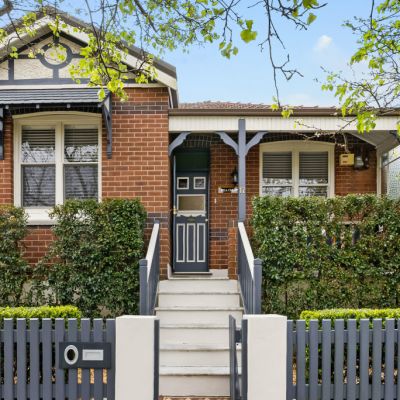How much does it cost to sell a house?
The cost of selling a home varies based on location, property type, and your goals as a vendor: requiring smart investment in the right areas.
There are, however, common costs that every Australian homeowner should budget for. These include pre-sale preparation, marketing and legal costs, and agent fees plus commission.
Pre-sale preparation
The importance of presentation is often misunderstood by vendors, according to Joseph Luppino from Village Real Estate Seddon.
“A lot of people spend a lot of time shopping for real estate agents and tailoring the marketing and they let it all down when buyers come through the door and the property is not presented in the right way,” he says.
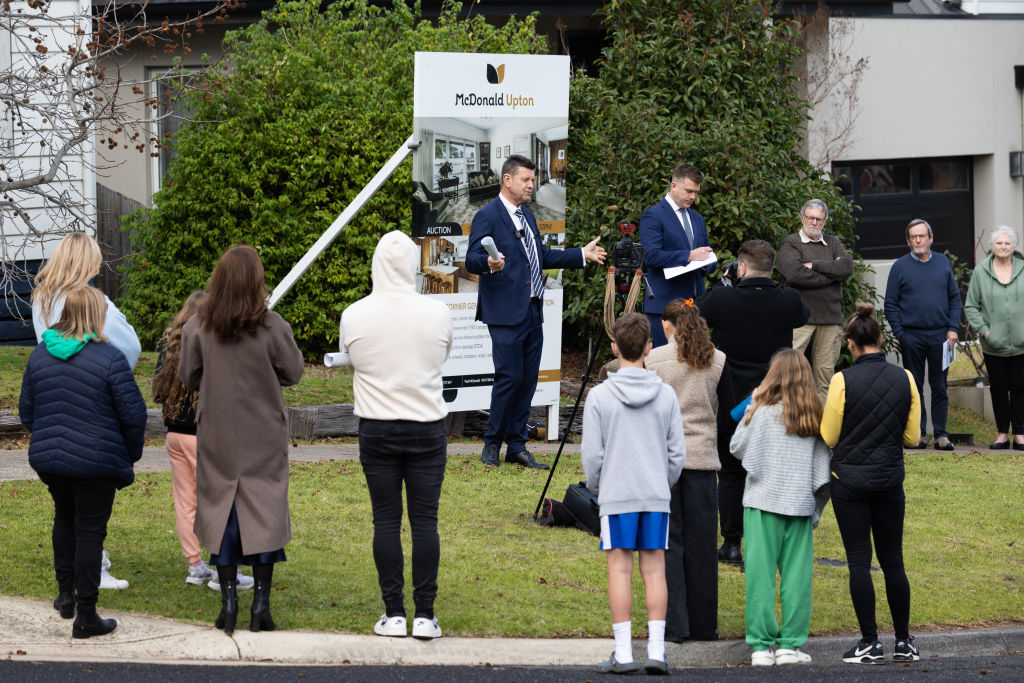
Enhancing the home’s presentation can help generate inquiries and increase competition.
Maintenance tasks could include:
- Removing old window furnishings, replacing them with white linen-like sheers from Bunnings or IKEA
- Replacing old door handles, which is easy and cheap to do
- Painting tired-looking walls or cabinetry (granted you’re good with a paint brush, otherwise you may want to avoid the DIY look)
- Restoring floor boards or steam-cleaning carpet if stained, scuffed or smelly
- Touching up grouting in the bathroom or kitchen
- Mowing the lawn or engaging the help of a landscaper to elevate your garden
Sam Davenport, vendor’s advocate at Prop Culture, says: “You want to work out, what are your big ticket items? You might not be able to paint, but just steam clean the carpet. Maybe the walls are looking okay, so you paint the ceiling, or vice versa.”
Professional styling for a property is another cost that should be factored in.
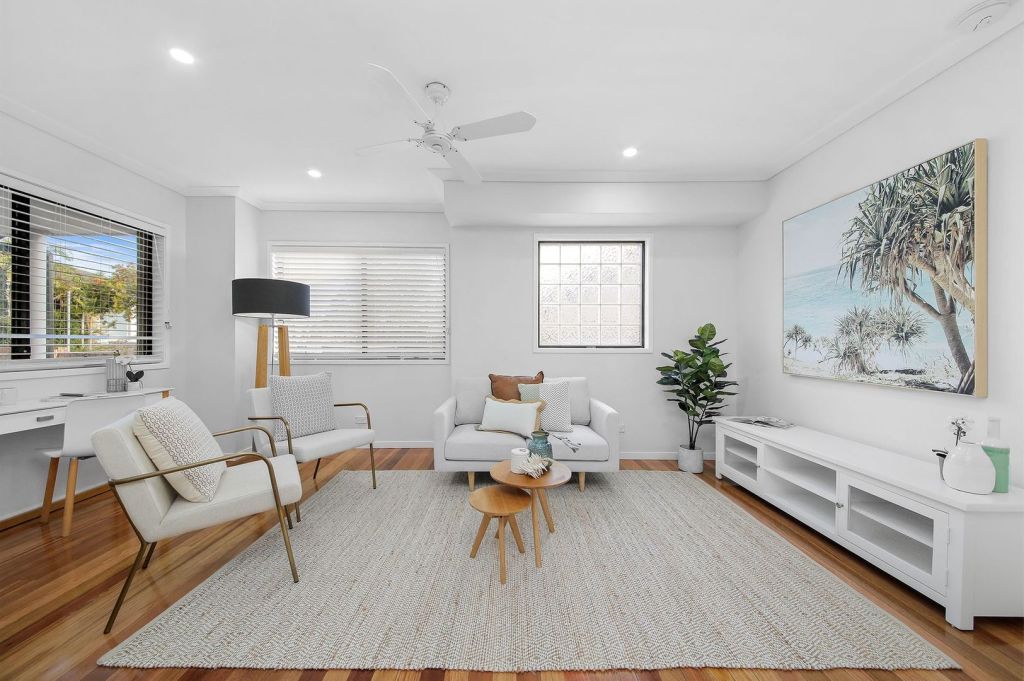
Marketing
The more activity that exposes the property to a broad pool of active and passive buyers, the better the results.
This is the view of Giorgio Koula, sales associate at Sydney Sotheby’s International Realty. Koula believes it’s the agent’s responsibility to essentially recoup marketing costs for the seller.
“I heard something many years ago when I first started,” he says. “It’s always better to overspend on marketing than underspend, because it could just be that one buyer that makes a difference.”
A typical marketing package is tailored to your property and buyer demographic. It can include professional photography, floor plans, advertising copy, a signboard, and premium online advertising.
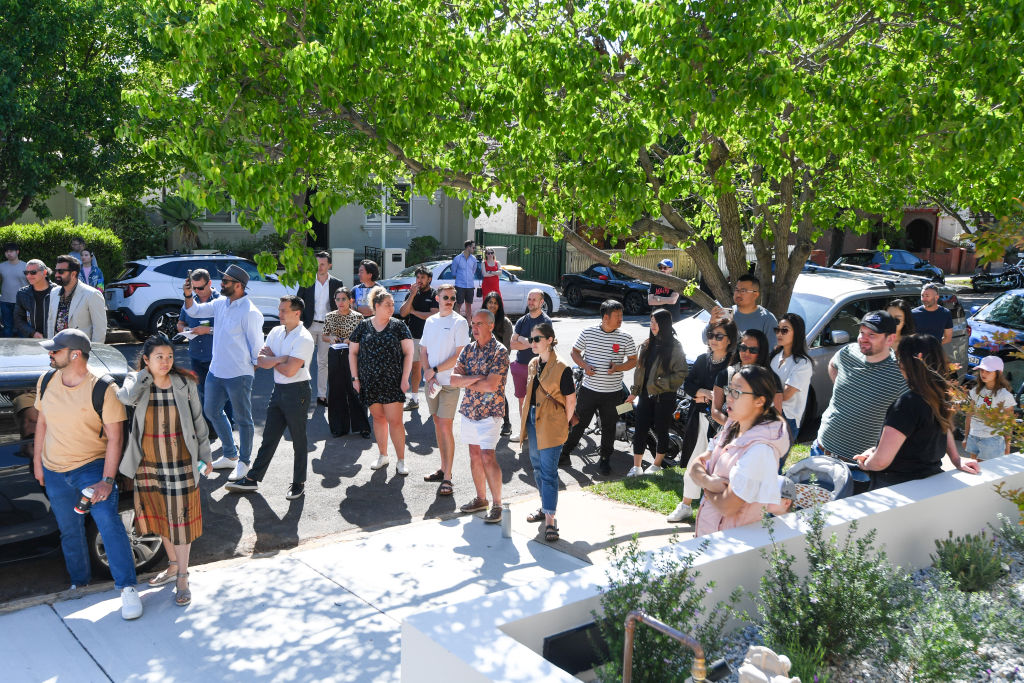
“Properties that have a fantastic view or close proximity to the beach or massive land size might lend themselves to drone photography,” says Luppino. Koula says that in the prestige property market, video is essential in appealing to international buyers.
But for the average seller, there’s wiggle room for every line item in a marketing schedule. This is the advice of Tabitha Robb, vendor’s advocate at Prop Culture.
She says: “The cheapest way to sell is off market because you’re avoiding your advertising costs, and often styling and pre-sale works, but it doesn’t necessarily equate to getting the best result.”
Legal and administrative costs
On the legal side, conveyancing services start at between $1500 and $2000, which includes preparing the contract, liaising with potential buyers’ legal representatives during the campaign, and settlement of the property.
Davenport says that some sellers take a DIY approach to preparing contracts, using online services, which she “never recommends” as an option.
Koula agrees, saying: “It’s always best to engage a solicitor in case something does go wrong in the settlement process, because thereafter a conveyancer can’t act on your behalf.”
Home owners with a mortgage should also expect to pay their lender at least $300 in discharge fees, but this can vary from lender to lender. You may need to account for the cost of a broker, Koula says, if you have a fixed loan.
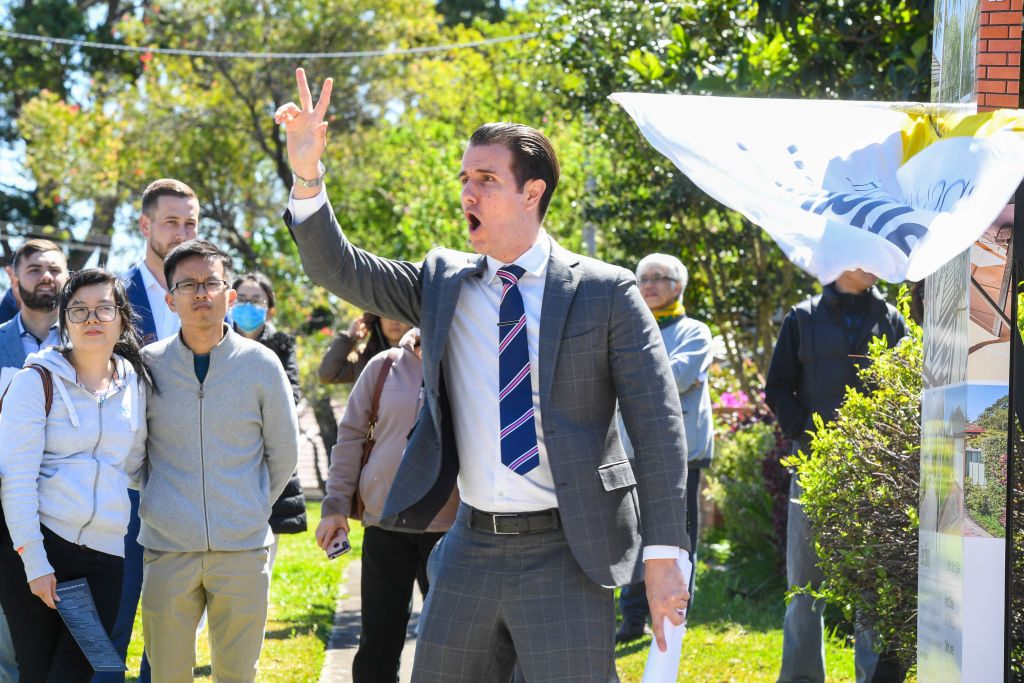
Agent’s commission
Once preparation and marketing yields a successful sale, the vendor will need to pay their agent’s commission.
At the beginning of the selling process, Davenport suggests speaking to 2-3 agents for quotes: “It’s the agent’s first opportunity to show you they can negotiate.”
The rate should be established as part of the interview process.
Luppino says: “Every agency and every agent might use a different commission structure, and generally speaking it might be based on things like their expertise or market share.”
“As a rule of thumb, you can expect the commission to be anywhere between 1 – 2 per cent of the sale price inclusive of GST.”
Commission structures don’t need to be flat, and vendors can incentivise agents with a higher commission for a higher price.
“Don’t be afraid to work on an incentive program,” says Ray White Williamstown director Dean Stanley. “You might pay 1.25 per cent up to $1 million, then from $1 million to $1.1 million at 1.5 per cent. It might be a 10 per cent incentive over a certain figure.”
“I always say cheapest isn’t always the best. You want to go with the person you feel comfortable with who’s got results.”

Auctioneer fees
For properties sold at auction, there may be an auctioneer’s fee, but this can be avoided in most cases as quality agencies have in-house auctioneers.
“There shouldn’t be an auctioneer’s fee if it’s an in-house auctioneer. If they are getting someone in externally … you do have a line item for them, but otherwise there really shouldn’t be an auctioneering fee,” says Davenport.
You may need to pay an auctioneer if your auction falls on a certain date.
Koula explains: “Say from day one you agree with the vendor that the property is definitely going to auction … we do have to then book the auction in and then if that property sells, three weeks into a four week campaign, that auction fee is payable to the auctioneer.”
How much does it cost to sell a house?
- Real estate agent’s commission – between 1 and 2 per cent of the sale price, but this can vary across the country
- Conveyancer or solicitor fees – about $1500 to $2000
- Marketing – varies depending on options but expect to pay between $5000 and $8000, knowing you can prioritise must-have marketing items
- Auctioneer’s fees – about $1000 if applicable
- Renovations and repairs – varies based on the property
- Home staging – starts from $2000 to $4000 depending on the size of the home
- Moving costs – about $400 to $2000 depending on the size of the home and distance
- Mortgage discharge fees – varies based on the lender but expect to pay at least $300
- Capital Gains Tax – varies based on the property and owner’s situation
When it comes to the cost of selling, Davenport shares the advice she offers her clients: “Now’s not the time to be saving or pinching pennies. Do it properly. Do it once. Do it well, get a great result.”
We recommend
States
Capital Cities
Capital Cities - Rentals
Popular Areas
Allhomes
More
